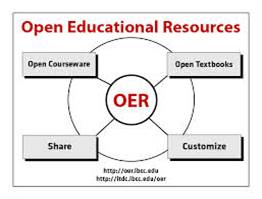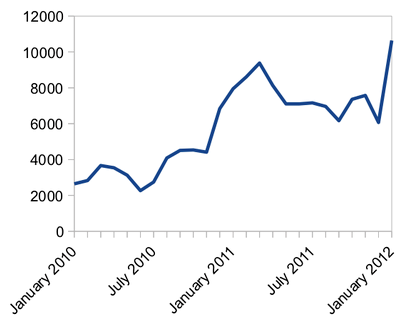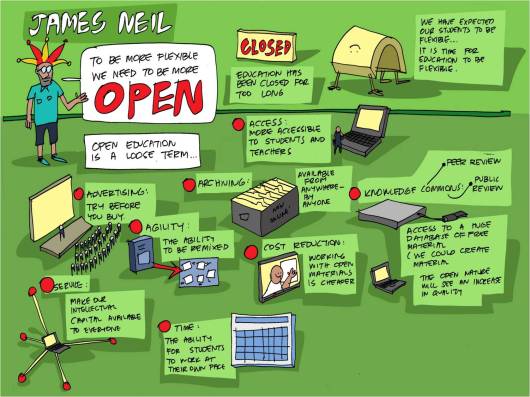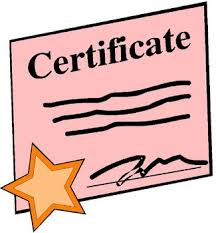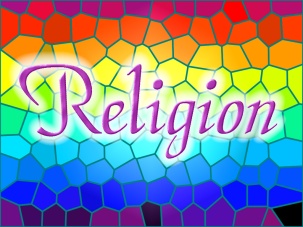

Learning outcomes:
- The students will be able to recognise Pope John XXIII.
- The students will be able to discuss Pope John’s XXIII aim for the church.
- The pupils will be able to recognise the Second Vatican Council.
- The pupils will be able to identify some of the changes that occurred because of Vatican II.
- The students will be able to identify some areas in our world today that need to be changed by a third Vatican Council.
Assessment of Learning outcomes:
- The students will recognise Pope John XXIII, discuss Pope John’s XXIII aim for the church and recognise the Second Vatican Council by participating in a class discussion.
- The pupils will identify some of the changes that occurred because of Vatican II by working in groups and drawing a window and writing down some of the changes that occurred.
- The students will identify some areas in our world today that need to be changed a third Vatican Council by writing a letter to Pope Francis.
Homework task
I will give students the homework task of imagining you have attended the first mass since the Vatican II changes came in. The students must imagine how they would feel watching the new changes in mass? Do they think the changes improved the experience of mass? The students will then write a diary entry about how they felt. The diary entry must be one copy page long.
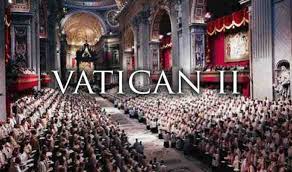
Phase 1: Introduction
Click here for the handouts for this lesson – Religion in a changing world handouts.
Phase 2: Handout- Changes from Vatican II.
I will give each student a handout which will discuss many of the changes that occurred because of Vatican II.
I will ask a number of pupils to read out the changes on the handout.
I will discuss the changes with the class.
Phase 3: Pair work- Poster of the changes
I will explain to the students that Pope John XXIII said that Vatican II was like opening a window as winds of change blew through the Catholic Church.
I will put the students into pairs.
I will give each pair a card of coloured paper.
I ask each group to design a poster by drawing window and writing down some of the ideas that blew into the Catholic Church as a result of Vatican II.
I will give the students’ five minutes for this task and I will ask the students to make sure their names are on their poster.
I will ask the pairs to display their work to the class.
The students really enjoyed this task and they made fantastic posters!
Phase 4:Group work: Write a letter to Pope Francis explaining why there should be a third Vatican Council
I will put the students into groups.
I will give each group a worksheet.
I will tell the groups to imagine a third Vatican Council is going to be held.
Each group must imagine that their group is contacted and asked for their ideas about the church in the modern world.
The students must think about:
What is life like in the world today?
What is it like for young people in the church today?
What works well in the church?
What could be improved?
Using the worksheet, each group must write a letter to Rome.
The groups will get five minutes for this task.
After the time is up, I will ask each group for their answers.
I will discuss each groups answer with the class.

Another task
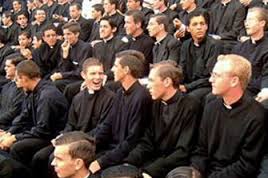
I will tell speak to the students about how the amount of people becoming nuns and priests has dropped drastically. I will tell the students that in August 2013, Saint Patrick’s College Maynooth welcomed twenty new seminarians, who will commence their formation for the priesthood at the National Seminary.
I will explain to the students the term seminary: A seminary is a training college for priests or rabbis.
I will tell the students that when welcoming the new candidates, their families and friends to Maynooth, the President of the College, Monsignor Hugh Connolly, recalled the recent words of Pope Francis in Rio de Janeiro for World Youth Day in July: “Dear seminarians who are preparing for ministry: have the courage to go against the tide of the culture of pragmatism and efficiency. Be courageous! Be servants of communion and of the culture of encounter.”Monsignor Connolly continued: “As the Church continues to celebrate this Year of Faith may the year ahead be an opportunity for all of us to appreciate the gift of our faith, deepen our relationship with God and strengthen our commitment to sharing our faith with others.”
Task: Group work: Design a Facebook page to encourage young people to join the vocations.
You can use Fakebook on Class Tools or I made my own Facebook template for use in the classroom.
 ]
]
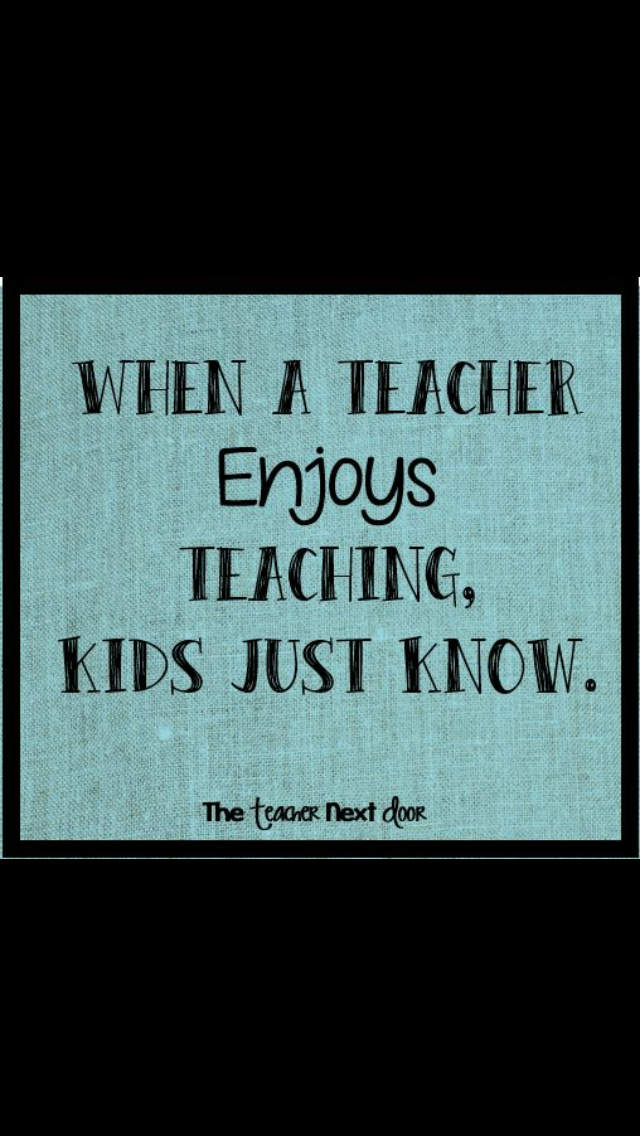






 ]
]


